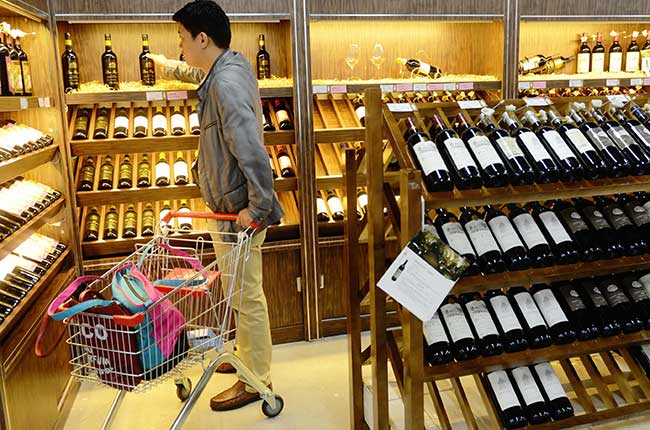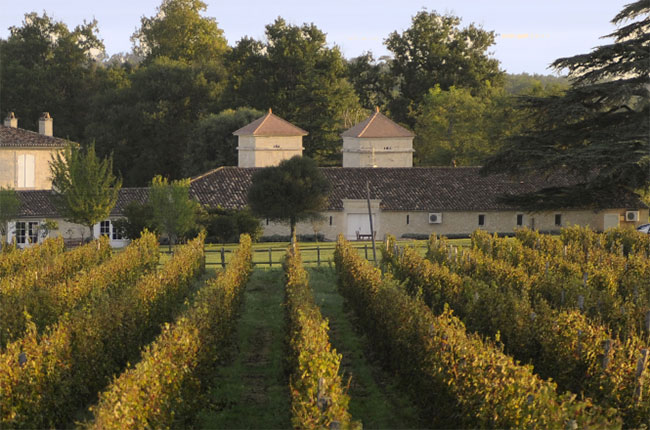Sixteen wineries in China are set to be granted an ‘estate wine’ trademark, as part of government efforts to establish official quality standards for those producing wines from their own vineyards.
Originally published on DecanterChina.com
China’s Estate Wine
A professional trade committee, organised by China Alcoholic Drinks Association (CADA), has approved a first batch of 16 wineries (see list below) from Beijing, Hebei, Xinjiang and Ningxia to carry the quality trademark, after a series of audits and tasting assessments.
These producers are currently at the final stage of the process and are highly likely to be approved to carry the designated ‘estate wine’ trademark in July, according to CADA.
The move marks China’s first steps towards an official regulation system for quality wine production.
To qualify for the ‘estate wine’ trademark, producers need to have full control over their vineyards, and produce and bottle their wines on site.
The yield limit for these estate wines is at 1000kg of grapes per mu (approximately 94-115 hectolitres per hectare depending on white or red wines), according to CADA.
The current yield limit is significantly higher than that of top wine producing regions in the world, such as Bordeaux and Burgundy. The yield limit for Bordeaux AOC is less than 58hl/ha.
The yield limit serves more as a wider national standard, according to Chinese wine authority Professor Li Demei. The majority of quality Chinese wine regions have an average yield far lower than the limit, he added.
Better protection
China has so far issued several geographical indication (GI) marks to domestic wine producing regions, including Helan Mountain, in the east of Ningxia.
Unlike rigorous EU appellation laws, the Chinese GI regulations ‘had little actual effect in the market because it is far less forceful than the trademark law,’ said Chinese wine authority Professor Li Demei in a previous DecanterChina.com column.
By encouraging quality producers to apply for the estate wine trademark, which is owned and endorsed by CADA, the association aims to ‘protect the reputation of Chinese estate wine producers in domestic and overseas market’, said officials.
Estate wine rules
To qualify for the trademark, producers also need to produce more than 75 hectolitres (10,000 bottles) of wine every year, which is in-line with rules set by the Chinese government’s quality and technical supervision department.
Other requirements include that vineyards need to be at least three years old before producing fruit for wine production.
Producers have to meet certain hygiene and quality standards during winemaking and storage.
The estate winemakers also need to hold professional academic qualifications in oenology, according to CADA.
List of initial producers put forward for China’s ‘Estate Wine’:
- Château Bolongbao, Beijing
- He Shuo Guan Long, Xinjiang
- Château Martin, Hebei
- Nobility Chateau, Hebei
- Amethyst Manor, Hebei
- Bodega Langes, Hebei
- Helan Qingxue Vineyard, Ningxia
- Helan Mountain Specialty, Ningxia
- Kaanan Winery, Ningxia
- Ningxia Leirenshou Winery, Ningxia
- Château Yuquan, Ningxia
- Tai Yi Hu, Shandong
- Château Rongzi, Shanxi
- Xinjiang Ruitai Qing Lin Wine, Xinjiang
- Tiansai Vineyards, Xinjiang
- Chateau Zhongfei, Xinjiang
Editing by Chris Mercer

Amber warning light flashes for China’s wine imports in 2017
Stocks have risen faster than sales, say experts...

China is now Chile’s most lucrative wine export market
Chinese consumers develop thirst for Chilean wine...

Will Chinese law change hurt vineyard purchases?
Jane Anson weighs up the global market amid new rules...

Penfolds wins trademark battle over ‘squatter’ in China
Australian wine gets upper hand in long-running battle...





